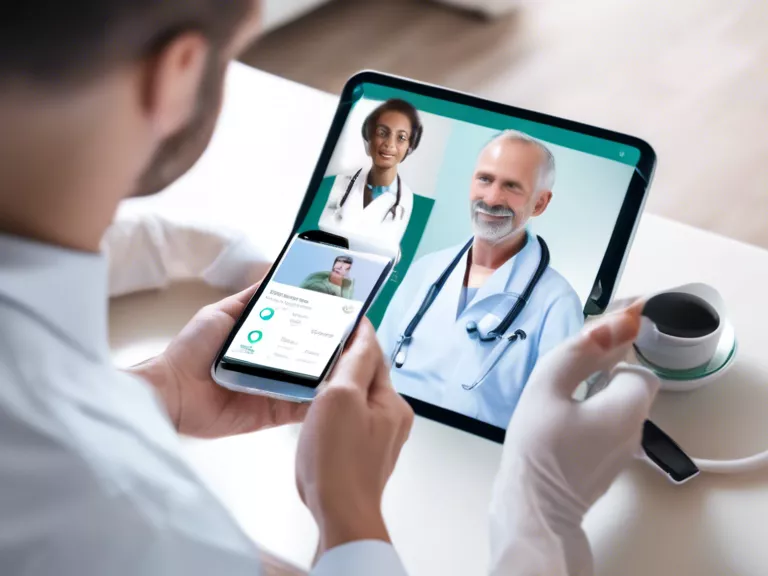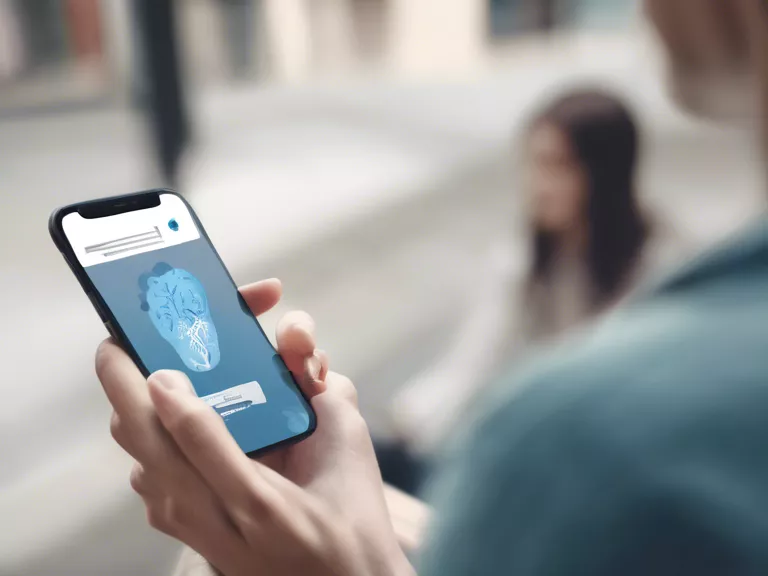
Digital health platforms are revolutionizing the way healthcare providers monitor and care for patients remotely. From tracking vital signs to providing timely communication, these platforms are improving patient outcomes and increasing access to care.
One of the key ways that digital health platforms are supporting remote patient monitoring is through the use of wearable devices. These devices can track a variety of health metrics, such as heart rate, blood pressure, and oxygen saturation, and transmit this data to healthcare providers in real-time. This allows for early detection of health issues and timely intervention, ultimately leading to better outcomes for patients.
In addition to wearable devices, digital health platforms also provide a secure means of communication between patients and healthcare providers. Through secure messaging systems and video consultations, patients can easily communicate with their healthcare team, ask questions, and receive guidance on managing their health. This can be especially beneficial for patients with chronic conditions who require frequent monitoring and support.
Furthermore, digital health platforms can aggregate and analyze data from various sources, providing healthcare providers with a holistic view of a patient's health. By integrating data from wearable devices, electronic health records, and other sources, providers can identify trends, patterns, and potential issues before they escalate. This proactive approach to monitoring can lead to early intervention and better management of chronic conditions.
Overall, digital health platforms are empowering patients to take control of their health and providing healthcare providers with the tools they need to deliver high-quality care remotely. By leveraging technology and data, these platforms are enabling better communication, early detection of health issues, and improved outcomes for patients.



